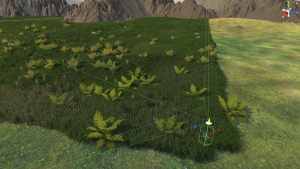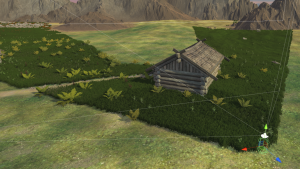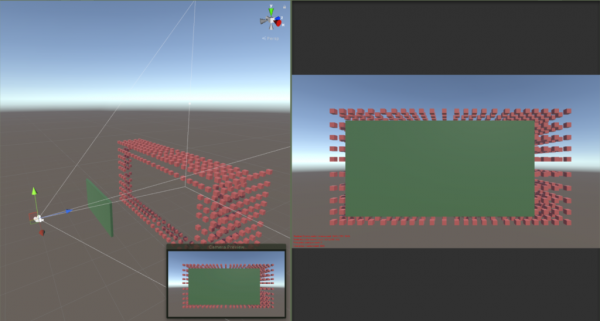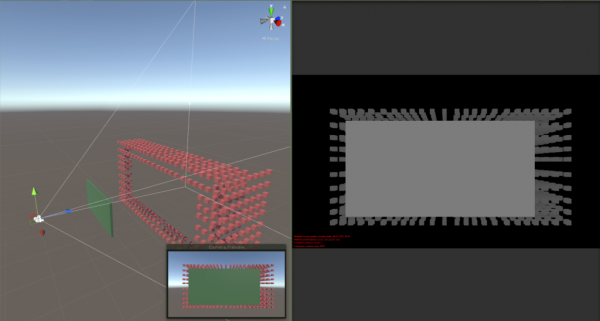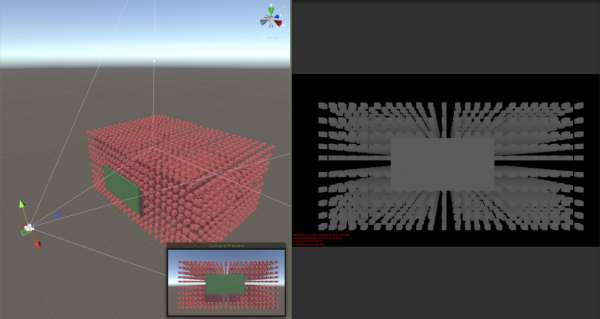GPU Instancer:Terminology
About | Features | Getting Started | Terminology | Best Practices | F.A.Q.
Terminology
Contents
GPU Instancing
Compute Shaders
Frustum Culling
|
Without any culling, the graphics card would render everything in the scene; whether the rendered objects are actually visible or not. Given that the more geometry the graphics card renders, the slower it will be rendering them, various techniques are used not to render the unnecessary geometry. "Culling" is a term that is used when some objects are decided not to be rendered based on a rule.
|
Occlusion Culling
|
In most games, the camera is dynamic - it views the game world from different angles. So for example in one camera position, the grass behind a house can be visible - and yet in another one it may not. However, with only frustum culling, the grass will be rendered as long as it stays inside the camera frustum - even though it may actually be hidden behind the house.
|
How does Hi-Z Occlusion Culling work?
In occlusion culling (in general), the most important idea is to never cull visible objects. After this, the second-most important idea is to cull fast. GPUI's culling algorithm makes the camera generate a depth texture and use this to make culling decisions in the compute shaders. There are various advantages of this (e.g. you don't need to bake occlusion maps, can use culling with dynamic occluders, etc.) and it is extremely fast since all the operations are executed in the GPU. However, the culling accuracy is ultimately limited by the precision of the depth buffer. On this point, GPUI analyzes the depth texture, and decides how accurate it can be without compromising performance and culling actually visible instances.
As you can see in the images below, the depth texture is a grayscale representation of the camera view where white is close to the camera and black is away.
As the distance between the occluder and the instances become shorter with respect to the distance from the camera, their depth representation become closer to the same color:
In short, given the precision of the depth buffer, GPUI makes the best choice to cull instances for better performance - but also without any chance to cull any visible objects.
